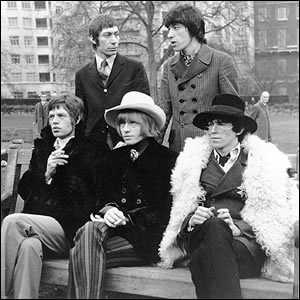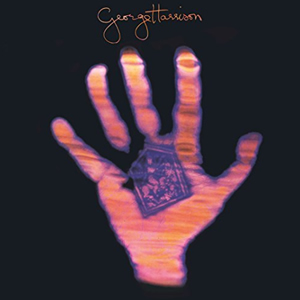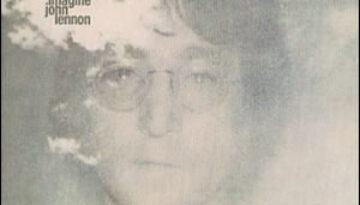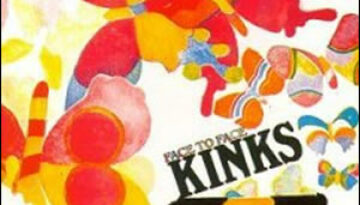The Rolling Stones in 1967
Let’s talk for a moment about controversy. The fact that we occasionally have double album reviews (that is reviews of two single albums by the same artist) may be a bit controversial, as […]

Let’s talk for a moment about controversy. The fact that we occasionally have double album reviews (that is reviews of two single albums by the same artist) may be a bit controversial, as […]

Buy Truth There probably has never a debut album like Jeff Beck‘s 1968 solo debut, Truth. This album, of unique interpretations of diverse covers, introduced the talents of future superstar Rod Stewart on […]

Buy Living in the Material World Living in the Material World was the fourth overall studio album (and second pop/rock release) by former Beatle George Harrison. This long-anticipated 1973 album is distinct in […]

Buy Imagine Imagine, the second full post-Beatles album by John Lennon, kicks off with an idyllic song envisioning a utopian world where there is no conflict and everyone agrees. Sounds pretty good on […]

Buy Face to Face After quickly rising to pop acclaim, Ray Davies and The Kinks morphed towards concept albums in the late 1960s. Face to Face, the group’s fourth studio album released in […]